Thanks to a sudden influx of operations data into our analytics stack, the need for data engineers in the hiring market increased exponentially. To facilitate seamless analytics, data engineers build data pipelines which are essentially the infrastructure designs to enable modern data analytics. Data engineers’ needs are divided into various sets of requirements to build data pipelines. These requirements are met using Data Engineering Tools, which includes a mix of programming languages and data warehouses but are not limited to data management, BI, processing, and analytics tools.
In this blog post, we will be discussing the need for Data Engineering Tools and their importance. We will also share a list of the top 10 data engineering tools for building adequate data infrastructure to support seamless business operations.
Table of Contents
What are Data Engineering Tools?
Data engineering tools are the essential software and platforms that handle the management, transformation, and organization of your data throughout its lifecycle. These tools, therefore, facilitate a range of functionalities dedicated to handling the different aspects of data processing, such as storage, transformation, and integration.
Key Categories of Data Engineering Tools include:
- ETL Tools/ Data Migration Tools: This makes the movement of data easier. Most ETL tools are integral to data engineering workflows, helping automate the extraction, transformation, and loading of data into different systems.
- Relational Databases/Data Warehouses which store and organize large amounts of structured data.
- Data Transformation Tools: They help in transforming data into a usable and clean format for better analysis. To prepare raw data for analysis, data transformation tools combined with data discovery solutions can enhance the accuracy and usability of the data.
- Data Visualization Tools: Which help in interpreting data through visuals like graphs, charts, dashboards etc.
These tools, all put together, will help you to build up a reliable data infrastructure efficiently for supporting data-driven decision-making and analytics.
Hevo is a streamlined data integration platform that automates the ETL process, helping data engineers manage data pipelines efficiently. Key features include:
- Automated Data Integration: Connects to multiple data sources effortlessly.
- Real-Time Data Sync: Keeps analytics current with near real-time updates.
- No-Code Transformation: Simplifies data transformations without coding.
- Scalable Architecture: Grows with your data needs.
Hevo enhances data management efficiency, making it a powerful tool for modern data engineering. Join our 2000+ happy customers and make a wise choice for yourself.
Get Started with Hevo for FreeBest Data Migration Tools
1. Hevo Data

Hevo Data is a No-Code Data Pipeline Platform that allows you to replicate data in near real-time from 150+ Data Sources to the destination of your choice, including Snowflake, BigQuery, Redshift, Databricks, and Firebolt, without writing a single line of code.
You can focus on important things and opportunities while Hevo takes care of your data management.
Key Features
- Pre-Load Transformations: It facilitates pre-load data transformations using Python or an easy-to-use drag-and-drop interface.
- Fault-Tolerant Architecture: Your data is safe even when a pipeline fails. Hevo keeps it in the staging area and notifies you about it.
- Auto Mapping: This is one of Hevo’s most important features. Hevo’s schema detection engine automatically detects the schema of the incoming data and creates a compatible schema in the destination.
Have a look at Hevo’s interactive dashboard.
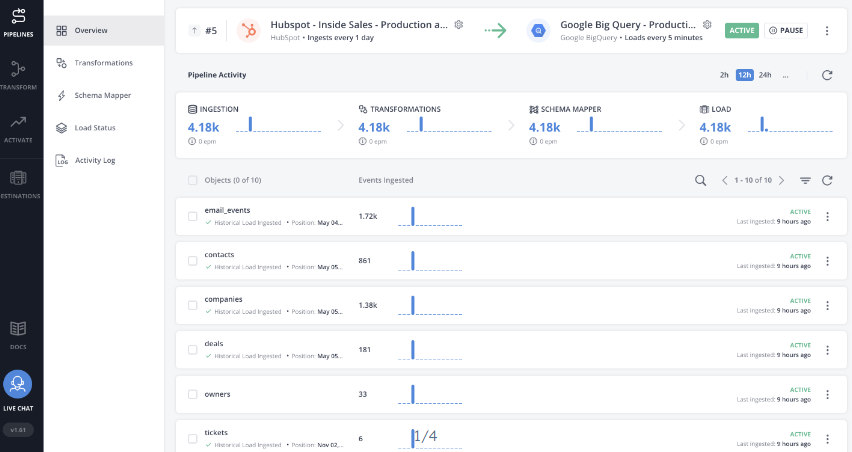
Pricing Model
Hevo provides transparent pricing that ensures no billing surprises even as you scale. It provides four pricing plans, which are:
- Free: For moving minimal amounts of data from SaaS tools. Provides up to 1M events/month.
- Standard: $ 239/Month – For moving limited amounts of data from SaaS tools and databases.
- Professional: $679/Month – For considerable data needs and higher control over data ingestion.
- Business Critical: You can customize it according to your requirements. For advanced data requirements like real-time data ingestion.
You can learn more about our Pricing plans.
Pros
- It is a zero-maintenance platform.
- It supports Change Data Capture.
- You can also load your Historical Data using Hevo.
2. Fivetran
Fivetran is a managed data pipeline platform. In general, Fivetran standardizes the process to replicate schemas from the source of your choice to a destination like Redshift, BigQuery, and many more. Fivetran uses the ELT approach to load data into a data warehouse, which means loading happens before the transformation process.
Key Features
- Automated Data Integration: It provides out-of-the-box connectivity to various source systems and automates the ETL processes.
- Real-Time Data Sync: It facilitates near real-time replication of data for continuous data updation in other systems.
Have a look at Fivetran’s dashboard.
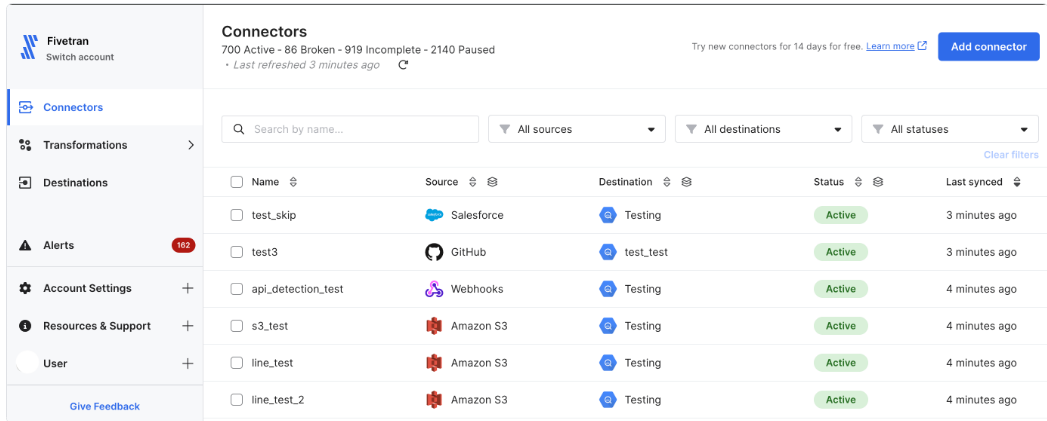
Pricing Model
You can start for free. They have 4 main pricing plans that are:
- Free
- Starter
- Standard
- Enterprise
To know more about their pricing, you can visit their pricing page.
Pros
- You can easily set up with little manual configuration required to connect and sync data sources.
- It supports a huge number of pre-built connectors for various databases, applications, and cloud services.
- Easily scales to handle growing data volumes and additional data sources.
Cons
- It can become expensive, particularly for large volumes of data or many connectors.
- It is not that flexible for highly customized data transformations or integrations.
Best Data Warehousing Tools
1. Snowflake
Snowflake is an elastic, flexible, performance-driven cloud data warehousing platform. It provides a smooth and effective medium for storing, managing, and analyzing data, minimizing the hassle of handling complex infrastructure.
Key Features
Some major features of Snowflake are listed below.
- Separation of Storage and Compute: Unlike traditional data warehouses that tightly couple storage and compute resources, Snowflake separates them. This means that you can scale it up or down according to your needs separately.
- Data Sharing: It provides a secure feature of data sharing that will enable you to share data with any other Snowflake user or organization quickly and safely, thus making collaboration easier by simplifying data exchange.
- Muti-Cloud Support: Snowflake operates on a variety of cloud platforms (AWS, Azure, GCP), which allows you to switch between vendors as per your needs.
Have a look at Snowflake’s dashboard:
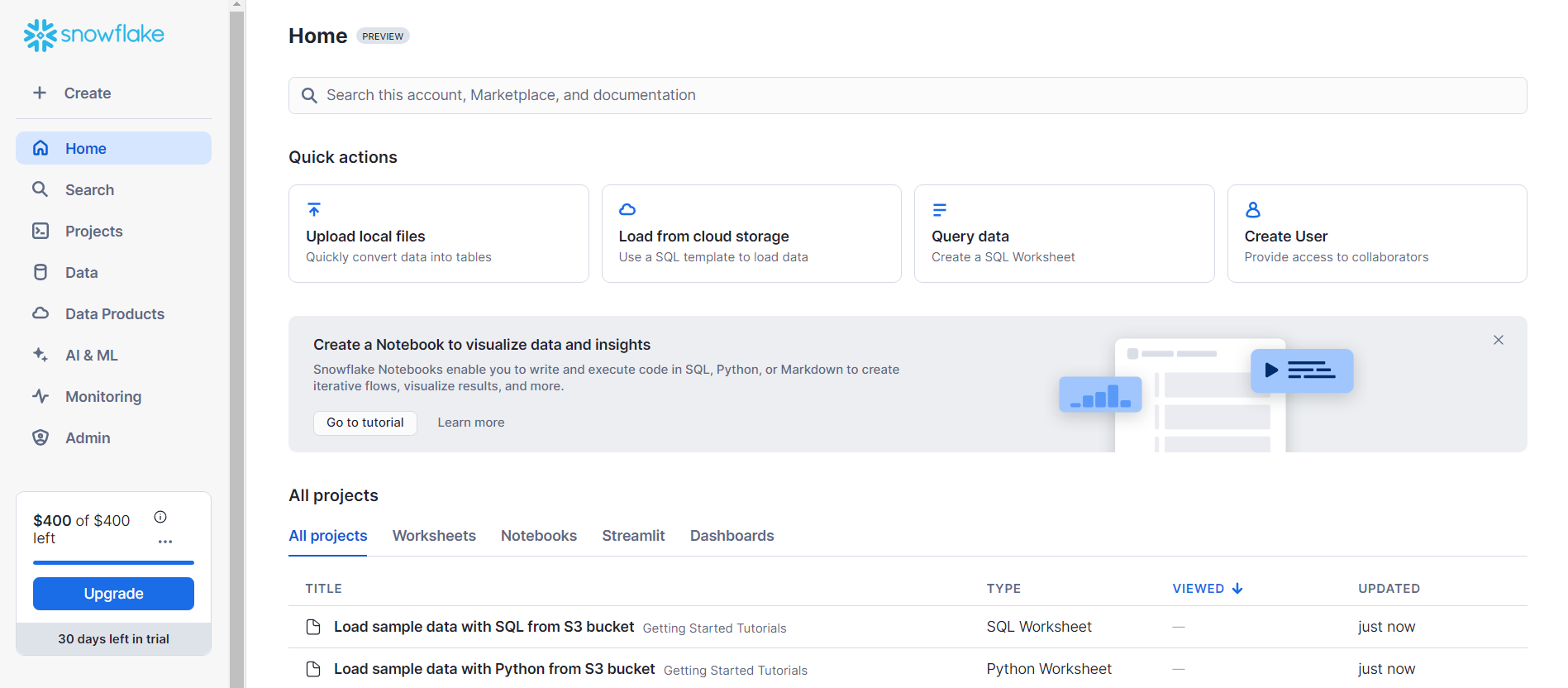
Pricing Model
Snowflake mainly consists of four main pricing models.
- Standard
- Enterprise
- Business Critical
- Virtual Private Snowflake
Snowflake charges a monthly fee for data stored on the platform. You can check out how Snowflake pricing works.
Pros
- You can easily scale it up or down to handle varying workloads.
- It ensures high-speed query processing by optimizing data processing.
- It has a simple, easy-to-use interface.
Cons
- It may require time to understand advanced features and optimize usage.
- Integrating Snowflake with certain legacy systems or specialized third-party tools might require additional effort.
2. Amazon Redshift
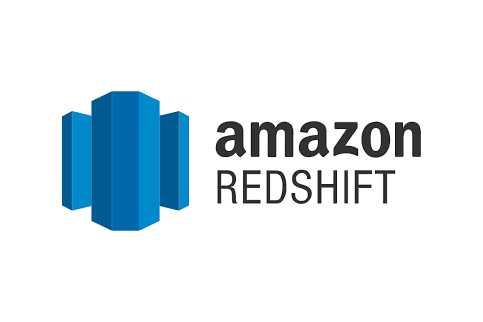
Amazon Redshift is a fully managed data warehouse service designed to provide fast query performance while scaling large datasets. It integrates well with a host of AWS services, making it robust for data analytics and business intelligence.
Key Features
Some of the key features which make Amazon Redshift important are:
- Columnar Storage: It facilitates column-wise data storage for better querying and compression performance.
- Massively Parallel Processing: It distributes data and queries across nodes for faster processing.
- Integration with AWS Ecosystem: It integrates well with other AWS services, like S3, Glue, and QuickSight, for complete analytics solutions.
Have a look at AWS Redshift’s user-friendly dashboard.
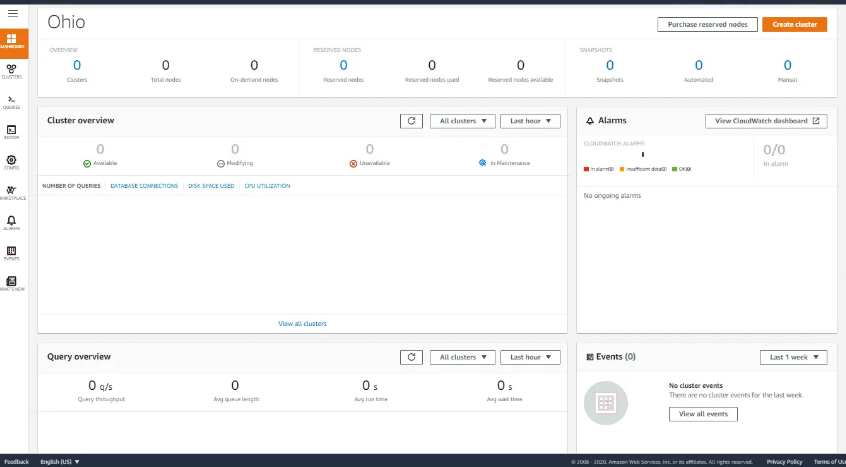
Pricing Model
You can get a free trial. However, it offers on-demand pricing. For more details on AWS Pricing, you can visit their pricing page.
Pros
- It reduces the administrative overhead of backups, patches, and scaling by automating the backup and scaling tasks associated with your data.
- It provides end-to-end security features that include at-rest and in-transit encryption, integration with Virtual Private Cloud, and fine-grained access control.
- It allows SQL-based querying and integration with a vast array of business intelligence and data visualization tools.
Cons
- Requirements for query and resource optimization and tuning can be quite challenging in terms of performance optimization.
- It incurs high costs to transfer large amounts of data from Redshift to other services or regions.
3. Google BigQuery
BigQuery is Google’s cloud enterprise data warehouse, which primarily serves business agility by running complex SQL queries and performing analysis on huge datasets efficiently. It is based on Google technology called Dremel, using columnar storage and tree architecture to support high-speed data scanning for querying efficiency.
Key Features
- Business Intelligence (BI): It can integrate with popular BI tools like Looker, Tableau, and Data Studio for in-depth reporting, visualization, and dashboard creation, helping you make data-driven decisions.
- Data Transformation and Cleaning: It facilitates ETL processes for cleaning, transforming, and making the data ready for analysis; hence, it assists in tasks related to data wrangling and preparation.
Google BigQuery’s dashboard will look like this:
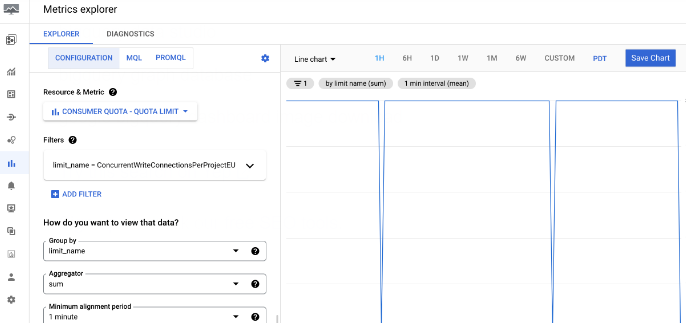
Pricing Model
It offers on-demand pricing according to your data processing needs. Know more about BigQuery pricing.
Pros
- No infrastructure management is required as Google does scaling and maintenance.
- Faster execution of the query takes place because of Google’s infrastructure and optimizations.
- It can easily handle large datasets without requiring manual intervention.
Cons
- Unless carefully managed, on-demand pricing becomes dear with large or frequent queries.
- Advanced features and optimizations may require a steep learning curve.
Best Data Transformation Tools
Python
Python is a high-level, object-oriented programming language commonly used to develop websites and software. Python’s applications are also seen in task automation, data analysis, and data visualization.
Key Features
Let us discuss some of the key features of Python.
- Readable Syntax: It emphasizes code readability and simplicity, making it easy to learn and use.
- Extensive Libraries: It has an extensive standard library and third-party modules available for a wide range of applications, from web development to data science.
- Interpreted Language: It executes code line by line, simplifying debugging and testing.
Pricing Model
Python is available at no cost and can be freely modified and distributed under the Python Software Foundation (PSF) License.
Pros
- It is easily accessible to both a beginning programmer and an experienced programmer due to its very simple and clear syntax.
- It supports a wide range of applications.
- It has a large and active community with extensive support and resources available.
Cons
- It is not as commonly used for mobile app development as languages like Java and Swift.
- It limits the number of threads that can be executed within one process, which impacts performance in multithreaded applications.
SQL
SQL (Structured Query Language), created in the early 1970s, is a ‘standardized programming language.’ SQL is utilized to manage and extract information/data from relational databases. Today, knowing SQL is a prerequisite not only for database administrators but also for software developers.
Key Features
- Structured Query Language: It is used to manipulate and query relational databases using standard syntax.
- Data Manipulation: It provides commands for inserting, updating, deleting, and querying data (e.g., SELECT, INSERT, UPDATE, DELETE).
- Transaction Management: It supports ACID (Atomicity, Consistency, Isolation, Durability) properties for reliable transactions.
Pricing Model
SQL is a language, so there are no costs associated with it. Costs come from the database systems that implement SQL.
Pros
- It is well-supported across various database management systems.
- It provides data accuracy and consistency by means of constraints and transaction management.
- It is able to conduct complex queries and data manipulations in a single language.
Cons
- It could be difficult to grasp by beginners, especially where complex querying and database design are concerned.
- It is not ideal for non-relational or NoSQL databases.
dbt
dbt, a command-line tool, allows data engineers, analysts, and scientists to model and transform data into a warehouse using SQL. We can say that “dbt is the T in ELT.” So, DBT is responsible for the transformation part of the modern data analytics stack.
Key Features
- Version Control: It provides integration with source code version control systems such as Git for change management and collaboration in data models.
- Modular Design: It allows the creation of modular and reusable SQL-based data models and transformations.
- Testing and Documentation: It includes data testing and documentation features that ensure the quality and transparency of the data.
Pricing Model
The core dbt tool is available for free under an open-source license.
Pros
- It provides an easy-to-use, user-friendly interface for managing data transformations.
- It supports team collaboration and version control.
- It provides a modular approach to manage and build data models.
Cons
- It is text-based with limited graphical user interface options.
- It relies on the capabilities and performance of the underlying data warehouse.
Best Data Visualization Tools
Microsoft Power BI
Microsoft Power BI, a Business Intelligence and Data Visualization tool, is used in analytical use cases to visualize data in a more business-friendly manner by converting data sets into live data dashboards and analysis reports. Power BI’s cloud-based services and easy-to-understand user interface are a godsend for non-technical users to help create reports and dashboards seamlessly.
Key Features
- Data Connectivity: It can connect to a large base of data sources, including databases, cloud services, and spreadsheets.
- Data Modelling: It allows users to create complex data models and relationships for deeper insights.
- Natural Language Queries: It allows users to ask questions in natural language, and it generates visualizations and insights in response to the questions.
Take a look at Power BI’s dashboard.
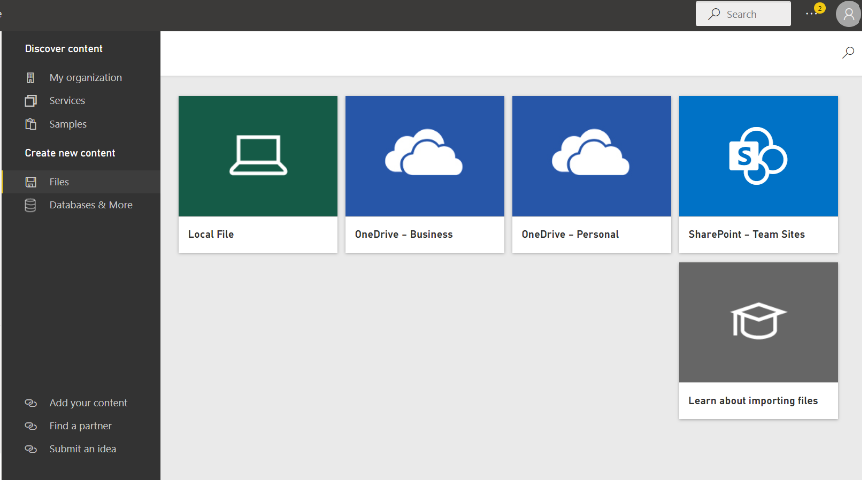
Pricing Model
It allows you to use a free trial. It mainly has three pricing plans:
- Power BI Pro
- Power BI Premium Per User
- Power BI Embedded
Know more about Power BI pricing plans.
Pros
- It has an intuitive interface with drag-and-drop functionality, thus remaining accessible to all categories of users.
- It can seamlessly integrate with various data sources and Microsoft products.
- Provides numerous built-in or out-of-the-box visualizations to answer the needs of many data presentations.
Cons
- To use advanced features and sharing will require either the basic Power BI Pro or Power BI Premium.
- Can face performance issues with large datasets or complex models.
Tableau
Researchers describe Tableau as a “highly interactive and intuitive visual-based exploration experience for business users to easily access, prepare, and analyze their data without the need for coding.” Tableau is a data visualization and Business Intelligence tool that is used for business applications like data modeling, creating live dashboards, and assembling data reports to empower business teams to make data-driven decisions.
Key Features
- Interactive Dashboard: You can design interactive and dynamic dashboards with a range of data visualization options.
- Data Connectivity: It can connect to numerous data sources.
- Drag and Drop Interface: It provides a user-friendly interface for building visualizations without coding.
Take a look at Tableau’s dashboard.
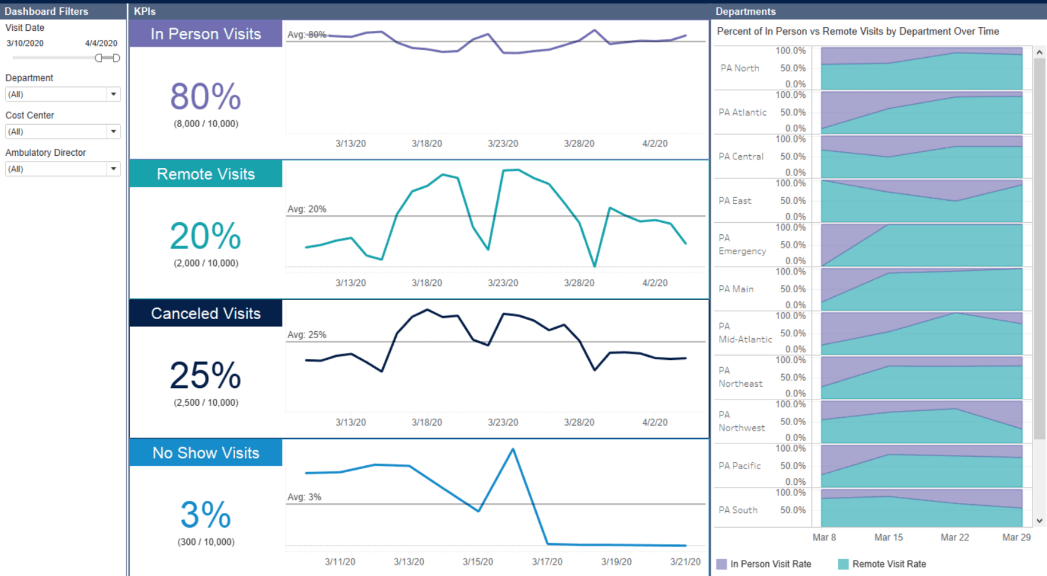
Pricing Model
Tableau’s pricing plans are mentioned below:
- Tableau Public
- Tableau Creator
- Tableau Explorer
- Tableau Viewer
- Tableau Server/Online
Pros
- It has an intuitive drag-and-drop interface that makes it accessible to users of all skill levels.
- It supports real-time data analysis and updates for timely insights.
Cons
- It may experience performance issues with very large datasets.
- While basic use is straightforward, advanced features and customizations can be complex and require additional training.


Key Factors to Consider When Choosing Data Engineering Tools
There are several key considerations you should think about when deciding on the right data engineering tools for your business.
- Scalability: Ensure the tool can scale seamlessly with increasing data volumes, ensuring long-term growth without performance degradation.
- Integration: The tool should be capable of seamless integration into your data infrastructure and different systems without any disruption.
- Automation: Consider choosing tools that can automate repetitive tasks such as data ingestion, transformation, and error handling beforehand to enhance efficiency and lessen manual work.
- Security and compliance data: Check whether the tool meets industry standards for data security and is in line with regulations like GDPR and HIPAA.
Advantages of Using Data Engineering Tools
Now that you have an idea of the top 10 data engineering tools that are widely used, let us discuss some of the key advantages of using these engineering tools.
- Enhanced Data Processing: These tools enrich the quality of your data; therefore, well-organized data will facilitate more accurate analysis and reporting, leading you to make better decisions and planning.
- Cost Reduction: Data processing and storage optimization reduces not only the infrastructure cost but also operational costs for you. In particular, cloud-based tools have cost-friendly pricing.
- Increased Efficiency: Data engineering tools make the process of collecting, storing, and organizing data effortless, therefore reducing manual intervention and enhancing efficiency.
- Better Data Management: Using a data catalog with your data engineering tools can help organize and manage data assets more effectively, providing a single source of truth. You can use tools like AWS Glue Data Catalog.
Conclusion
Data engineering tools are pivotal in managing the vast and complex data landscapes of modern organizations. They streamline the process of collecting, transforming, and storing data, ensuring it is accurate, accessible, and ready for analysis. Whether you’re using tools for data warehousing, ETL processes, real-time data processing, or data integration, these solutions help drive efficient data operations and support data-driven decision-making.
To stay updated on the latest trends, check out our wrap-up of the biggest data engineering developments in 2024.
You can unlock valuable insights, enhance performance, and maintain a competitive edge by leveraging the right combination of tools. As technology evolves, staying updated with the latest tools and their capabilities is crucial for optimizing your data infrastructure and harnessing the full potential of your data assets.
FAQs
1. Do data engineers use ETL tools?
Yes, data engineers frequently use ETL (Extract, Transform, Load) tools as a key part of their work.
2. How is SQL used in data engineering?
SQL (Structured Query Language) is a fundamental tool in data engineering, used for a variety of critical tasks involving the management and manipulation of relational databases.
3. Is Tableau an ETL tool?
No, Tableau is not an ETL tool. Tableau is primarily a data visualization and business intelligence (BI) platform that focuses on creating interactive and insightful visualizations from data.











